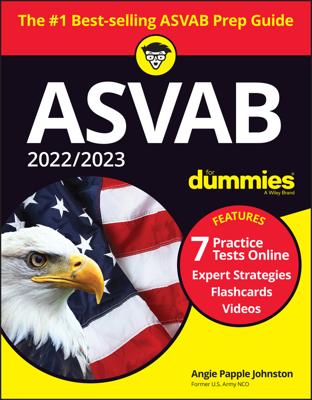- To convert from Celsius to Fahrenheit, use this formula (C stands for the temperature in degrees Celsius, and F is the temperature in degrees Fahrenheit):
- To convert from Fahrenheit to Celsius, use the following formula:
- To get temperatures in the Kelvin scale, add 273.15 degrees to the Celsius temperature: K = C + 273.15.
To go from kelvins to degrees Celsius, do the opposite: Subtract 273.15 from the Kelvin temperature. Then you can convert the Celsius temperature to Fahrenheit if you want to.
Here’s a quick temperature conversion system that may be easier to remember. (Note: This process only works with Celsius and Fahrenheit.)
- Add 40 to the temperature you want to convert.
- Multiply this sum by 5/9 if converting from Fahrenheit to Celsius or 9/5 if converting from Celsius to Fahrenheit.
- Subtract the 40 you added at the beginning to yield the result.
An easy way to remember whether to use 9/5 or 5/9 in the conversion is to associate the f in Fahrenheit with Fraction (5/9 is a proper fraction); similarly, 9/5 can be Converted to a mixed number
Note that c is for convert and Celsius.
Practice question
- If the temperature in Fahrenheit is 212 degrees, the temperature in Celsius is
A. 0 degrees.
B. 32 degrees.
C. 100 degrees.
D. 106 degrees.
Answer and explanation
- The correct answer choice is C.
Measured in Celsius, the boiling point of water is 100 degrees. If you don’t have this memorized, you can calculate it. To convert from Fahrenheit to Celsius, use the formula
The correct answer is Choice (C).

